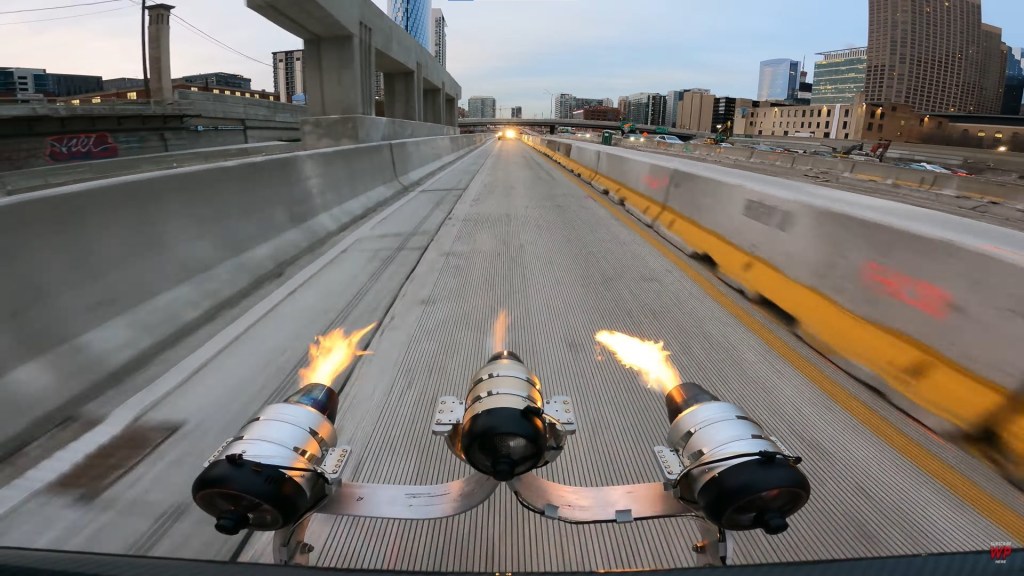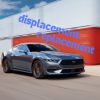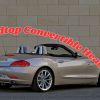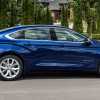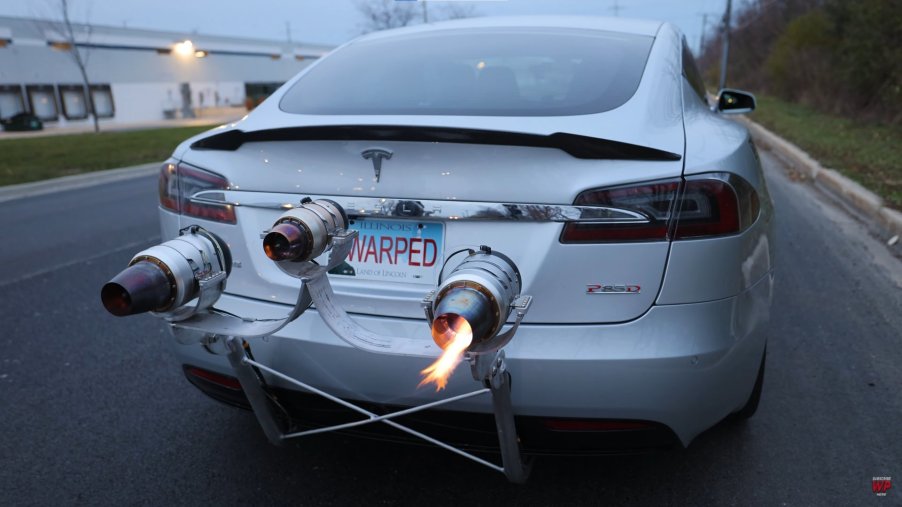
Watch: Someone Strapped 3 Jet Engines to a Tesla
Another YouTuber strikes again. This time it is Matt Mikka, who wondered what it would be like to strap some jet engines onto his Tesla Model S. You have to figure that someone, somewhere, will try almost anything to a Tesla, so this can now be crossed off the list.
This caper is different than the Tesla Roadster option of rocket thrusters. Those will be a legit option when the Roadster becomes available in 2022. But this exercise deals with jet engines. Small jet engines, actually. And they’re not a permanent part of the Tesla so that barring some catastrophe, it could be returned to its stock self.
You can’t use duct tape for three jet engines mounted to a Tesla
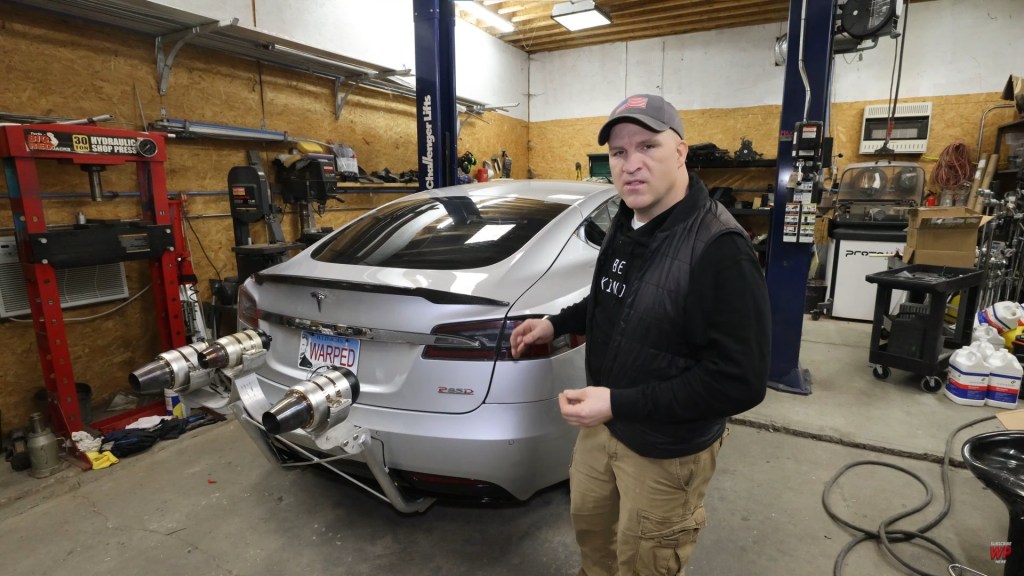
The test car is a Model S P85D sedan. Aluminum brackets were made along with braces and mounts for the three jet engines. Sensors were hooked up to monitor thrust, temperature, and RPMs for each engine. So this wasn’t a duct tape deal which, when dealing with jet engines, you definitely shouldn’t do. We should also say that this and more antics can be found on the Warped Speed YouTube channel.
He started with only two jet engines, first. Once the general operation of the engines was tested, Mikka could begin test runs. He first did several trial runs. He ran the Tesla with only its electric motors powering the car. Then, he fired up the jet engines and tested the car without any other power. Lastly, he did runs with both Tesla’s electric motors and the jet engines together.
Only two jet engines couldn’t maintain a 60 mph speed
The first problem was that with only two jet engines it wasn’t enough thrust to maintain a 60 mph speed. Placing the engines in the jet stream would have yielded more power, but that would pose other problems. He wouldn’t be able to start the engines while the car was running. And the jet engines could become damaged from the wind blowing on them. That’s because there is no lubrication when the engines are not on.
So a third, smaller jet engine was harnessed to create a stronger jet blast. Acceleration was greatly improved with the stock electric motors and three jet engines all running in time. The 0-60 time was improved by one second over the stock motors alone.
Three jet engines saw acceleration improvements
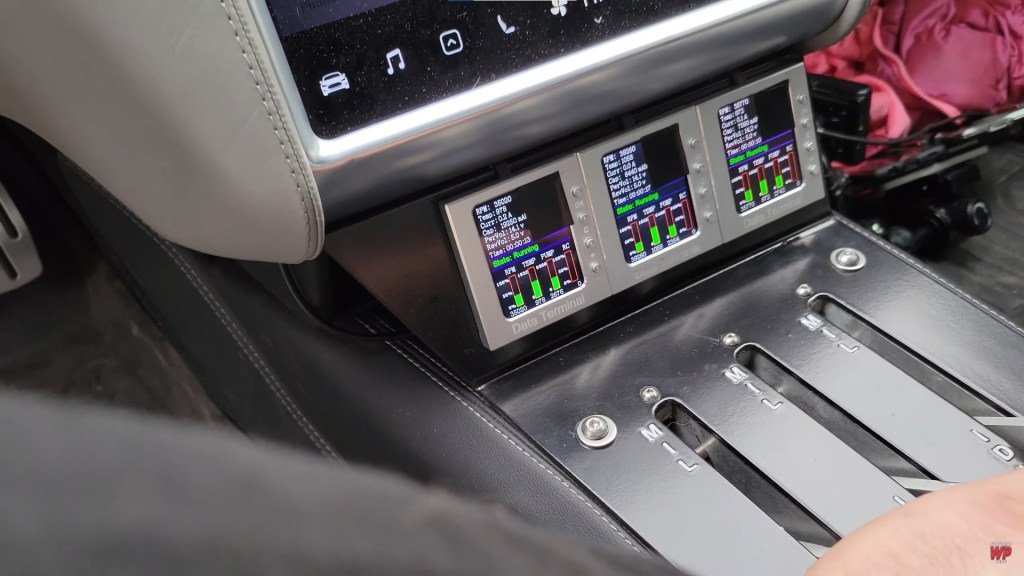
While that’s a good start, there are variables that may or may not have aided in this jet engine deal. A warner day would have helped the tires achieve better traction. But jet engines prefer the cold, so that would probably counteract testing on a hot day.
We fully expect that after the posting of this video, others will deduce that if three jet engines improved 0-60 times by a second, then 10 would do a lot more. We’ll report on that insanity if and when it takes place.
